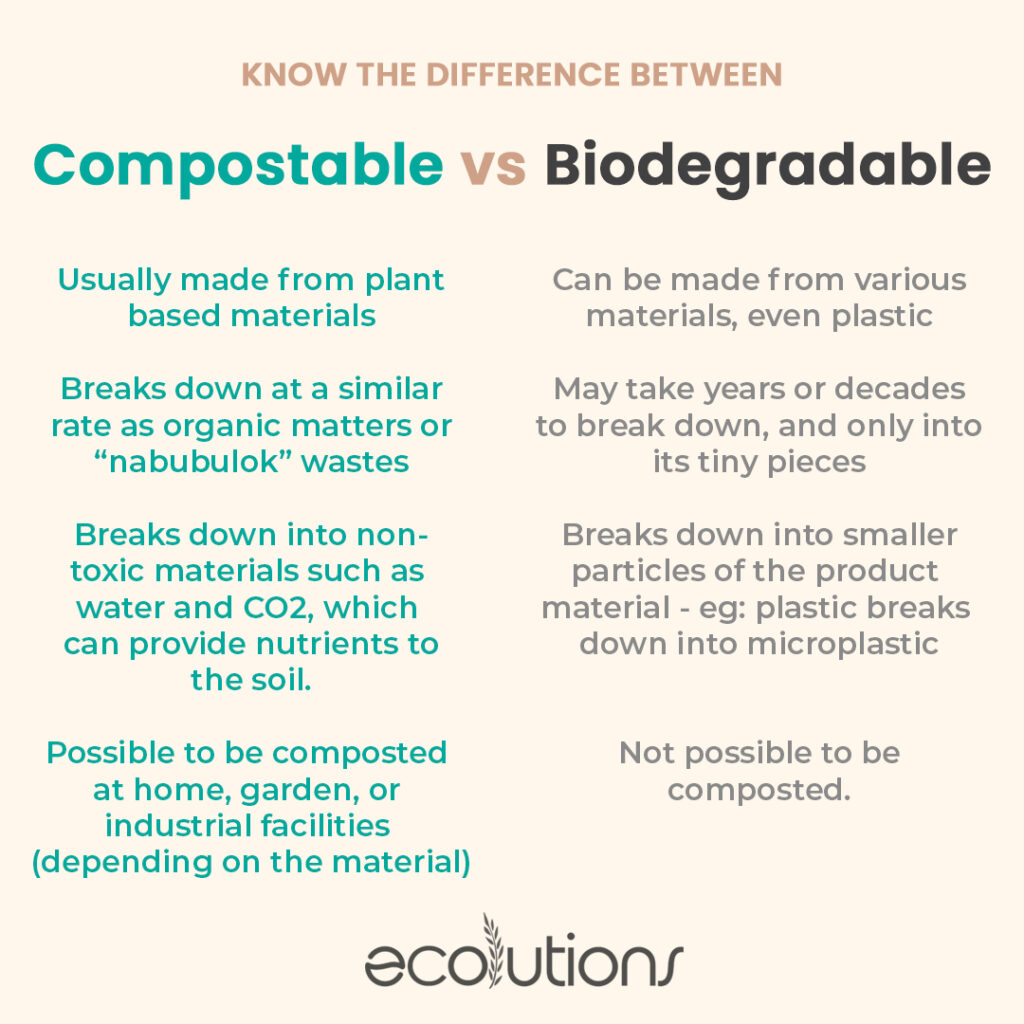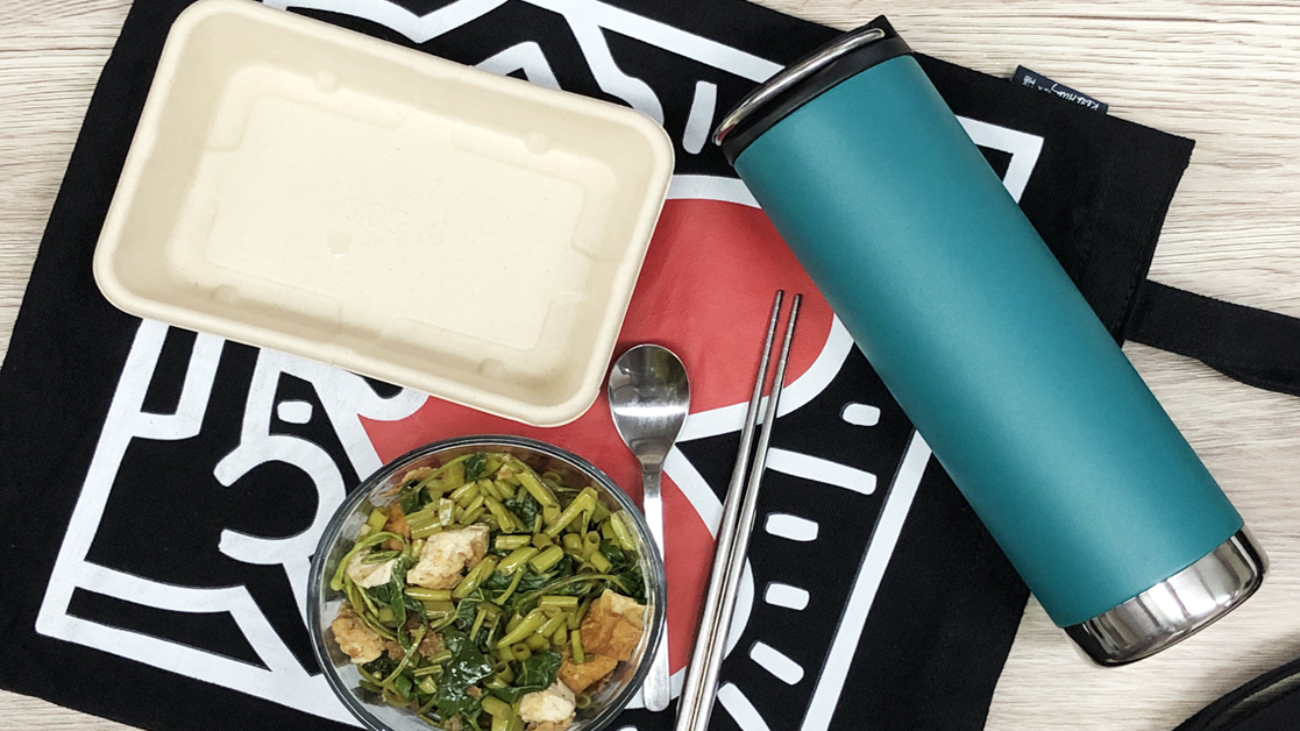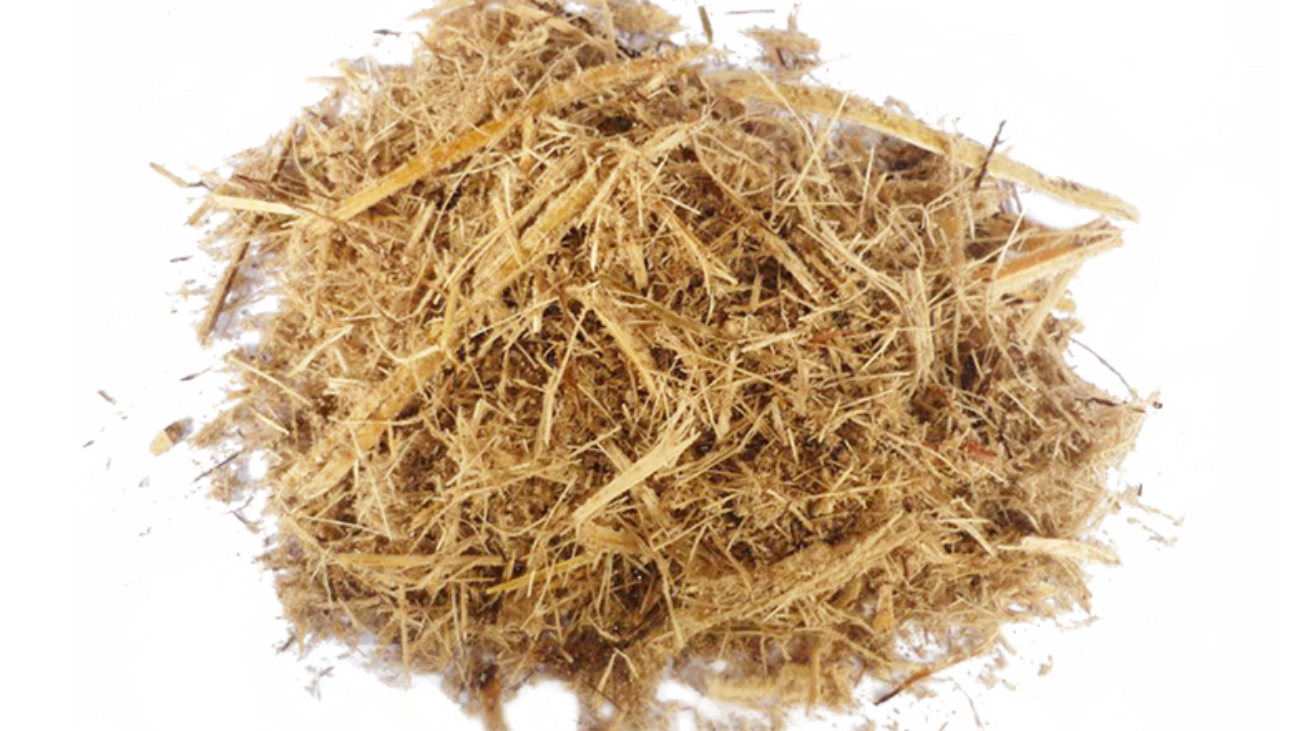Let’s face it, we’ve all bought coffee to go at some point in our lives. Whether its for us, our boss or so you can use the cafe’s bathroom. More often than not, that cup of coffee is packaged in a paper type cup masquerading as “paper = eco-friendly”.
It’s the worst kept secret that these “paper” packaging – while seemingly harmless – are lined with a polyethylene plastic (PE) coating to give it its waterproofing capabilities. And with that, the paper has been contaminated and unfortunately deemed as another single-use plastic.
And yes, there are other newer paper cups claiming to be eco-friendly as well, and these are most likely lined with poly lactic acid or PLA – which is a corn based bio-plastic.
What’s the issue with PLA coated Cups
For some time, PLA-coated cups seems to be the answer to the paper packaging problem.
PLA is a bio-plastic made from corn. It is plant based and it does seem to be biodegradable and compostable. However, the issue is how to compost it successfully to be able to say that PLA is the best option for coating.
To be able to compost PLA items successfully, a special industrial composting facility will need to subject the items to an industrial heat of 60° C or above. Suffice it to say, we currently do not have such facilities here in the Philippines.
How about leaving it in your home compost? Its possible, but it’ll still take years (not months as they claim) to decompose and unfortunately, home composters are few and far between for now.
Enter Aqueous Coating
What is aqueous coating then?
“Aqueous” pronounced as /ey-kwi-yows/ is a water based coating that’s been widely used in the printing industry for some time now. With newer research and development on a food-safe version of this coating, the food packaging industry has now started to adapt this technology and its proving to be the best alternative to PE or PLA coating.
As the name suggests, aqueous coating is a type of coating that is water-based and it contains no plastic whatsoever (bio or otherwise). It can give the same waterproofing and oil-proofing effect to any paper as PE or PLA coating does, but again, without the plastic.
Products with aqueous coating breaks down cleanly like any other unlined paper and wont need any special facility or treatment in order to truly decompose (unlike PLA or corn based bioplastic). They can also be thrown out in the paper recycling bin, and recyclers will be able to re-pulp these items with no danger of contaminating the pulp.
In the worst case scenario of people being lazy and careless and somehow products ending up in the ocean, these aqueous coated items can still break down at the same rate as any old newspaper.

Our new line of Aqueous products are:
- 100% Plastic Free and PLA-Free lining
- Bamboo Paper – Which means no trees harmed
- Backyard compostable and clean biodegration (no micro plastics)
- Recyclable & Re-pulpable (impossible with conventional paper cups)
- Available in 8oz, 12oz and 16oz size
- Achieve 100% plastic-free when paired with our sugarcane lids
We understand that cafe and restaurant owners will decide what packaging to use based on the options that are available to them as well as the price, and so we’re very proud to offer a newer and better alternative to paper packaging that is effective and truly 100% plastic free
We live in a time where being eco-friendly can be achieved and effective alternatives are available – we’d love to help your business transition and make the switch to a more sustainable packaging option.
Switching to any eco-friendly packaging can help significantly reduce the amount of single-use plastic trash that’s ending up in our landfill, oceans and environment.
When you’re ready, you may contact us for availability, or place your order HERE.
Start with switching to our aqueous coated cups today! 🌿🌏












